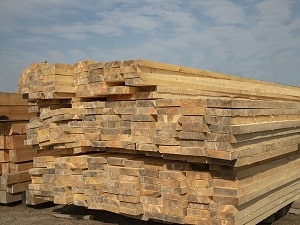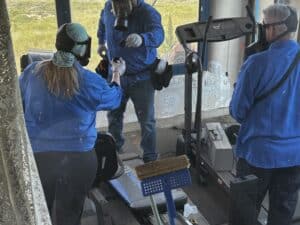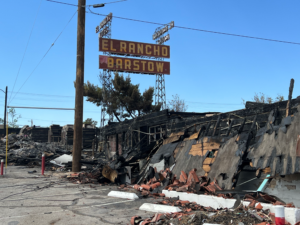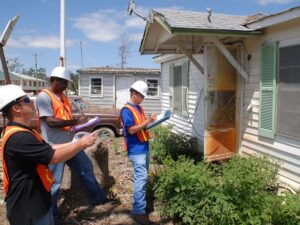California’s Alternative Management Standards for Treated Wood Waste: What You Should Know

Treated wood is a commonly used product in the construction industry – it’s also a potentially hazardous material that can have serious effects on the environment and human health if not disposed of responsibly.
Any business that wants to renovate, remodel or demolish structures on its property – particularly outdoor spaces – will likely have to deal with the management and disposal of treated wood waste.
A new law provides California businesses with more options for disposing of treated wood. Assembly Bill 332 (AB 332), which became law in August, incorporates the Alternative Management Standards (AMS) for Treated Wood Waste, which expired in January 2021 after 15 years in effect. The new law makes the AMS program for treated wood waste an official standard that does away with the requirement to purchase special disposal variances.
This means that businesses can dispose of treated wood waste at approved solid waste landfills. But how do you know if you have treated wood on your property? Treated wood differs from untreated wood in a number of ways.
What Is Treated Wood Waste?
Treated wood is wood that has been treated with chemical preservatives to protect the wood from decaying as a result of environmental factors, such as insects and mold. Wood that will be in direct contact with water, for example, must be treated to protect it from excess moisture. Treated wood is used in the production of:
- Fencing
- Piling
- Telephone poles
- Pressure-treated lumber
- Decking
- Guard rails
- Patio posts and more
- Framing
The chemicals in treated wood are applied through dipping, cold-soaking and steeping, diffusion, and pressure treatment.
Some of the chemicals used to treat wood include copper, arsenic, chromium, creosote, naphthalene, and pentachlorophenol. These chemicals are classified as toxic substances under federal and state environmental laws. Both the EPA and OSHA have set exposure and environmental limits on these chemicals, which is why treated wood waste must be managed and disposed of properly.
Proper Management and Disposal of Treated Wood Waste
Disposing of treated wood waste starts with managing the waste properly until it can be transported to the approved landfill. Workers who break down treated wood as part of a remodel or renovation process are required to wear eye protection, especially when machining or power sawing.
All treated wood waste can be transported to an approved treated wood waste facility. These include:
- Solid-waste landfills with composite-lined area for treated wood waste
- Solid-waste transfer stations and load operations, including gasification facilities, a small volume construction and demolition facility, and a limited volume transfer operation
Under AB 332, certain methods of treated wood waste disposal, handling, and management are strictly prohibited (Prohibited Activities HSC 25230.4):
- Burning
- Scavenging
- Commingling with untreated wood or other non-hazardous materials
- Ground contact storage
- Unspecified recycling
- Disposal outside of an approved treated wood waste landfill
It’s also prohibited to remove labels from treated wood. In fact, under the labeling requirements for treated wood waste, each area designated for waste must be labeled correctly (Labeling HSC 25230.5). The accumulation of treated wood waste should also be carefully monitored. The length of time a business can hold treated wood waste depends on how it is stored. Treated wood stored on a containment pad can sit for a maximum of 180 days before it must be disposed of.
An experienced environmental firm can help assist with the management and disposal of treated wood waste. If you’re in need of a partner who can assist you with the process, Omega Environmental can help.
The Omega team has decades of experience in hazardous materials remediation and disposal that can keep your project cost-effective and compliant. Our team members have 40-hour HAZWOPER training certification to oversee hazardous waste-related activities.
Contact Omega today to learn how we can help you safely and compliantly manage and dispose of treated wood waste on your property.
Contact Us to Learn More About Environmental Assessment
Further Reading on Treated Wood Waste
Treated Wood Waste Alternative Management Standards: Department of Toxic Substances Control 2021
California’s New Wood Waste Disposal Law Solves a Big Problem for Contractors: Engineering News-Record










